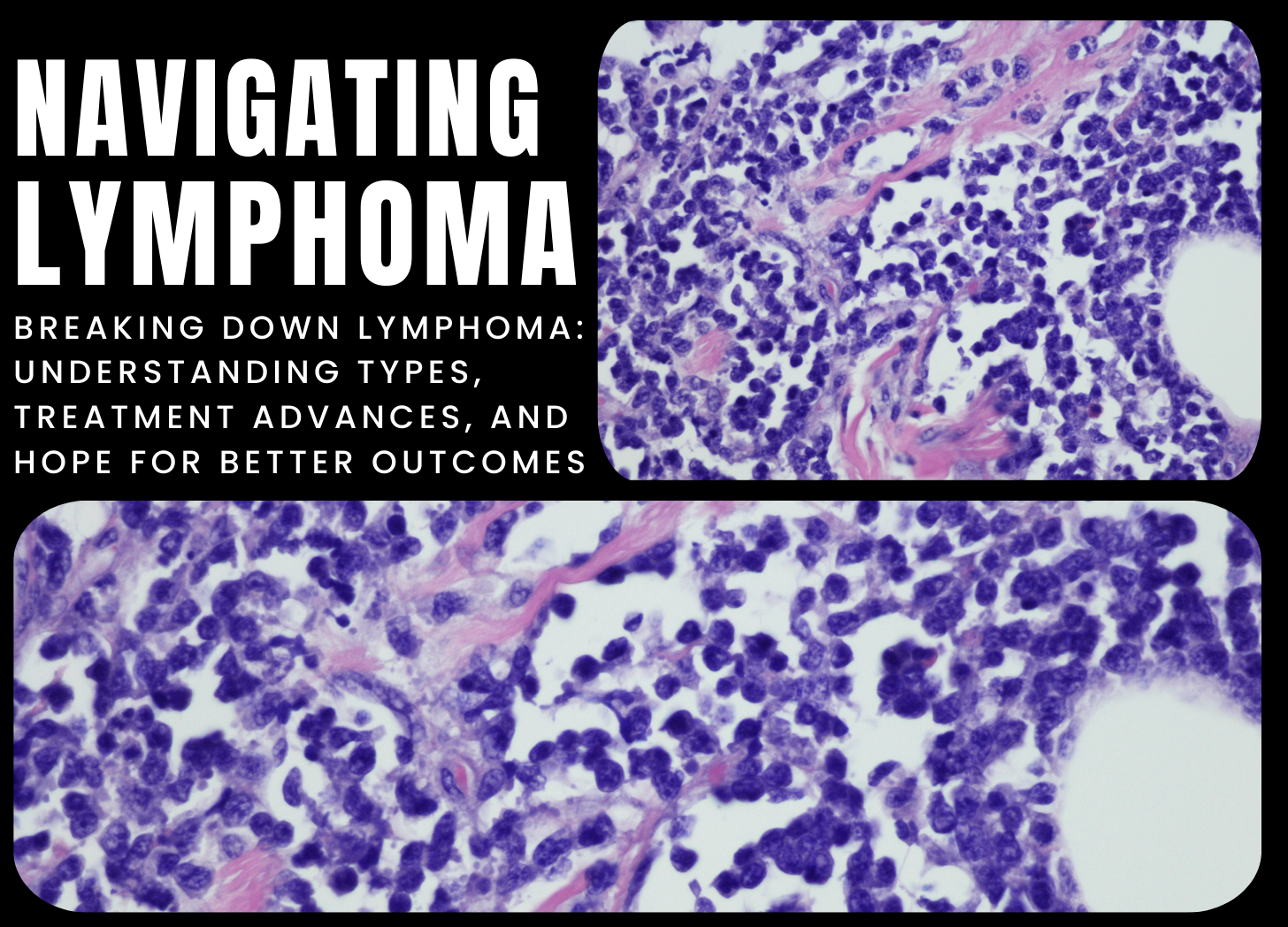Contact Us
Contact Us

Lymphoma is a cancer that develops in the lymphatic system, which is part of the immune system. The lymphatic system, which comprises lymph nodes, spleen, thymus, and bone marrow, is essential for battling infections and illnesses. Lymphoma develops when aberrant lymphocytes, a kind of white blood cell, grow uncontrollably, resulting in tumors in lymph nodes or other lymphatic tissues. Lymphoma is classified into two types: Hodgkin lymphoma (HL) and non-Hodgkin lymphoma (NHL), which differ in histology, prognosis, and treatment.
Hodgkin lymphoma (HL), commonly known as Hodgkin’s disease, is distinguished by the presence of a type of aberrant cell known as Reed-Sternberg cells. Although HL accounts for just a small proportion of lymphoma cases, it is distinguished by its characteristic appearance of swollen lymph nodes, which are frequently found in the neck, armpits, or groin. Common Hodgkin lymphoma symptoms include painless swelling of the lymph nodes, fever, night sweats, weight loss, itching, and exhaustion. Hodgkin lymphoma is frequently highly curable, particularly in the early stages, using a combination of chemotherapy, radiation therapy, and targeted therapy.
Non-Hodgkin lymphoma (NHL) is a broad category of lymphoid tumors that lack Reed-Sternberg cells. NHL is further divided into subgroups according on the kind of lymphocyte involved (B or T cells), cell size, and other variables. NHL can develop from lymphocytes in the lymph nodes, spleen, bone marrow, or other lymphatic tissues, and the symptoms vary based on the subtype and severity of the disease. Treatment for NHL is determined by the subtype, stage, and individual characteristics, and may involve chemotherapy, immunotherapy, targeted therapy, radiation therapy, or stem cell transplantation.
Lymphoma is typically diagnosed through a combination of medical history, physical examination, imaging studies (such as CT scans, PET scans, or MRI scans), laboratory tests (including blood tests, lymph node or tissue biopsy), and, in some cases, genetic testing to determine the subtype and extent of the disease. A multidisciplinary team of healthcare specialists, including oncologists, hematologists, radiologists, and pathologists, collaborates to create a tailored treatment strategy based on the lymphoma’s unique characteristics and the patient’s general health.
Recent advances in our understanding of lymphoma biology and treatment have resulted in significant improvements in patient outcomes. Innovative treatment strategies being developed and tested in clinical trials include targeted therapies that specifically target cancer cells or their microenvironment, immunotherapies that use the body’s immune system to combat cancer, and precision medicine approaches based on genetic profiling. Furthermore, supportive care methods such as symptom management, dietary support, and psychosocial support are important in improving lymphoma patients’ quality of life.
In conclusion, lymphoma is a diverse collection of malignancies that develop from lymphocytes in the lymphatic system. While lymphoma is a difficult diagnosis, advances in research and treatment have resulted in better outcomes and survival rates for many people. We can make progress in the fight against lymphoma and improve the lives of those affected by raising awareness, encouraging early detection, and boosting research activities.
References:
1.American Cancer Society. (2022). Lymphoma. Retrieved from https://www.cancer.org/cancer/lymphoma.html
2. Lymphoma Research Foundation. (2022). Understanding Lymphoma. Retrieved from https://lymphoma.org/aboutlymphoma/
Post a Comment